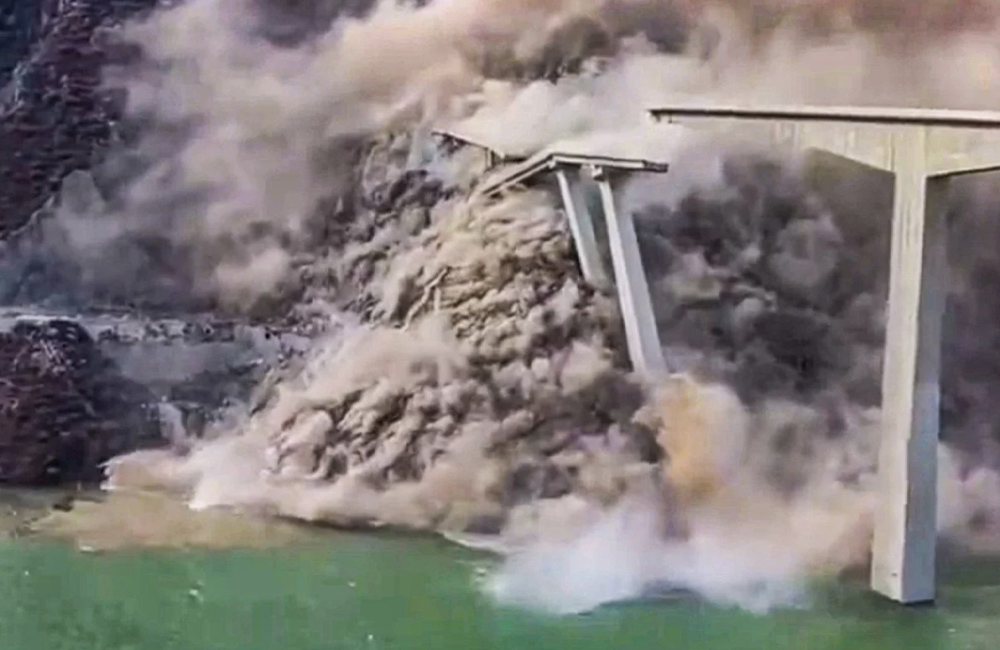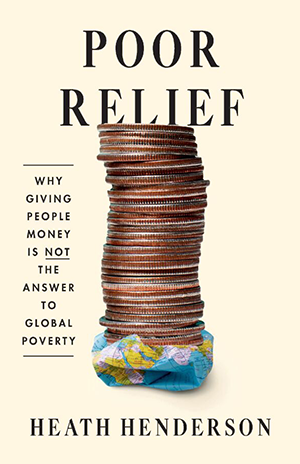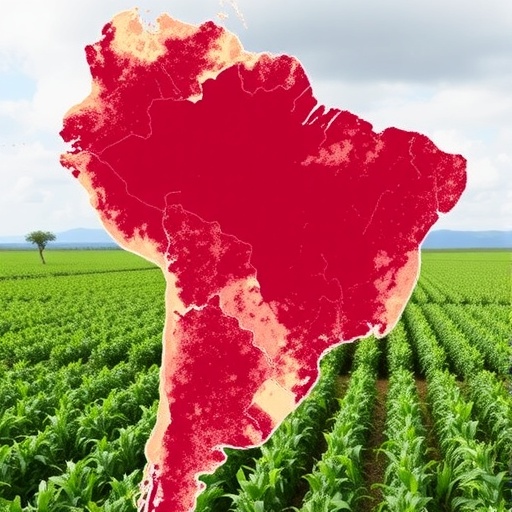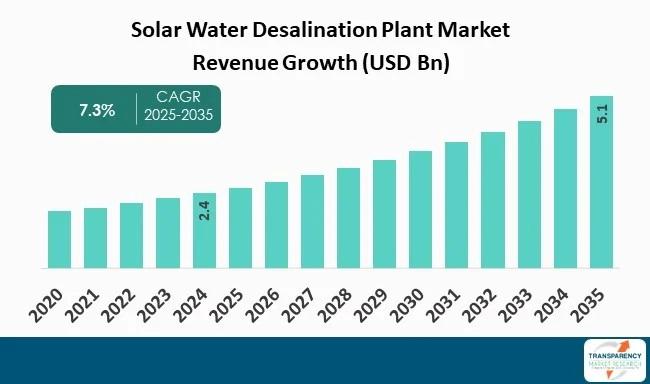Town passes emergency ordinance to reduce irrigation, conserve water – Buckrail – Jackson Hole, news

Report on Emergency Water Management in Jackson, Wyoming, in Alignment with Sustainable Development Goals
1.0 Executive Summary
The Town of Jackson, Wyoming, has implemented an emergency ordinance to manage a critical water supply shortage. This report analyzes the situation through the lens of the United Nations Sustainable Development Goals (SDGs), highlighting the challenges and policy responses related to water security, sustainable urban development, and climate resilience.
- Primary Issue: Insufficient water delivery capacity to meet peak demand, threatening domestic use and fire suppression capabilities.
- Policy Response: An emergency ordinance mandating significant reductions in landscape irrigation.
- Core Objective: Achieve a 30-40% reduction in overall water system demand to ensure resource availability for essential services.
2.0 Water Scarcity and Infrastructure Deficiencies: A Challenge to SDG 6
The crisis in Jackson stems not from a lack of water in the source aquifer, but from the inability of the current infrastructure to deliver it sufficiently. This directly impacts the achievement of SDG 6: Clean Water and Sanitation, which aims to ensure the availability and sustainable management of water for all.
2.1 Contributing Factors
- Infrastructure Bottlenecks: Mayor Arne Jorgensen clarified that the town’s seven wells and three storage tanks cannot extract and distribute water fast enough to meet concurrent demands for irrigation, household use, and fire suppression.
- Urban Development Pressure: New development has increased stress on the aging water system, a challenge central to SDG 11: Sustainable Cities and Communities.
- Climate Change Impacts: The situation is exacerbated by moderate to severe drought conditions, with Teton County experiencing its 9th driest June on record. This underscores the need for climate adaptation as outlined in SDG 13: Climate Action.
2.2 Long-Term Infrastructure Planning
Town officials acknowledged that system capacity has been a known issue. Plans to augment the system with two new wells were delayed, highlighting the critical need for proactive infrastructure investment to build resilient systems capable of supporting sustainable community growth.
3.0 Policy Intervention: The Emergency Irrigation Ordinance
In response to the emergency, the Town Council unanimously passed an ordinance effective from July 21 to October 31. The measure is a direct attempt to manage water consumption responsibly, in line with SDG 12: Responsible Consumption and Production.
3.1 Ordinance Compliance Measures
Properties connected to the town’s water supply must adopt one of the following measures to reduce irrigation:
- Restrict watering to odd- or even-numbered calendar days corresponding to their street address.
- Irrigate on alternating days.
- Decrease seasonal irrigation system settings by 50%.
Exemptions are in place for low-impact watering methods such as drip systems, hand-watering, and the maintenance of vegetable gardens and flower beds, promoting targeted and efficient water use.
3.2 Enforcement and Community Engagement
While a penalty of $750 per day for non-compliance exists, Town Manager Tyler Sinclair emphasized a preference for voluntary community cooperation. The enforcement strategy is designed to be educational, beginning with phone calls before escalating to citations. This approach fosters community participation in achieving shared sustainability goals.
4.0 Implications for Sustainable Community Resilience (SDG 11 & SDG 13)
The water crisis in Jackson serves as a case study in the challenges of maintaining community resilience in the face of development and climate pressures.
4.1 Balancing Priorities for a Sustainable Community
The decision to prioritize water for fire suppression and domestic use over aesthetic landscaping reflects a core principle of SDG 11. As stated by Councilwoman Devon Viehman, “I would rather have brown grass around town versus not having enough water for fire suppression.” This highlights the difficult choices communities must make to ensure safety and long-term sustainability.
4.2 Building Climate Resilience
The ordinance is a critical short-term adaptation strategy to the drought conditions linked to SDG 13. The town’s monitoring of water trends and the potential for stricter regulations demonstrate an adaptive management approach, which is essential for building resilience to future climate-related shocks.
5.0 Conclusion and Path Forward
The Town of Jackson’s emergency water ordinance is a necessary response to acute infrastructure and climate-related pressures. It aligns with multiple Sustainable Development Goals by promoting responsible water consumption (SDG 12), addressing immediate threats to water security (SDG 6), and forcing a critical conversation about sustainable urban growth and climate resilience (SDG 11, SDG 13).
Moving forward, success will depend on two parallel tracks:
- Short-Term Conservation: Continued community adherence to the ordinance to manage immediate demand.
- Long-Term Investment: Expediting critical infrastructure projects, such as the new wells, to ensure the water system can sustainably support the community’s future needs.
Analysis of Sustainable Development Goals (SDGs) in the Article
1. Which SDGs are addressed or connected to the issues highlighted in the article?
The article discusses issues related to water scarcity, urban infrastructure, and climate-related challenges, which directly connect to the following Sustainable Development Goals:
-
SDG 6: Clean Water and Sanitation
This goal is central to the article. The entire piece revolves around the Town of Jackson’s struggle with an “insufficient water supply” and the emergency measures being taken to manage its public water system. The ordinance aims to prioritize “water availability for domestic/household use,” which is a fundamental aspect of SDG 6.
-
SDG 11: Sustainable Cities and Communities
The article highlights challenges related to urban management and infrastructure. It states that “new development causing stress on the system” is a cause of the water shortage. Furthermore, the problem is not a lack of water in the aquifer but that the “existing infrastructure cannot keep up with water delivery.” This points to the need for resilient and sustainable urban infrastructure, a key component of SDG 11.
-
SDG 13: Climate Action
The article explicitly links the water shortage to climate-related issues, noting that “moderate to severe drought conditions” are a contributing factor. It cites a report from the National Integrated Drought Information System that June was the “9th driest June on record for Teton County.” The town’s response is an adaptation measure to a climate-related hazard, which aligns with the objectives of SDG 13.
2. What specific targets under those SDGs can be identified based on the article’s content?
Based on the issues discussed, several specific SDG targets can be identified:
-
Target 6.4: By 2030, substantially increase water-use efficiency across all sectors and ensure sustainable withdrawals and supply of freshwater to address water scarcity.
The town’s emergency ordinance is a direct attempt to increase water-use efficiency. The stated goal to “reduce water demands on the overall system by 30 to 40%” and the specific restrictions on irrigation (odd/even days, 50% system reduction) are actions aimed at achieving this target to address the immediate water scarcity.
-
Target 11.5: By 2030, significantly reduce the number of deaths and the number of people affected… caused by disasters, including water-related disasters…
The article emphasizes that the water shortage is an “emergency issue, impacting the health, safety and welfare of the community.” A primary reason for the ordinance is to prioritize water for “fire suppression.” A lack of water for firefighting would constitute a critical failure during a disaster. The town’s actions are a form of disaster risk reduction to prevent a more severe water-related crisis.
-
Target 13.1: Strengthen resilience and adaptive capacity to climate-related hazards and natural disasters in all countries.
The water restrictions are a direct response to “moderate to severe drought conditions.” By implementing the emergency ordinance, the community is adapting its water consumption habits to build resilience against the impacts of drought, which is a climate-related hazard.
-
Target 6.1: By 2030, achieve universal and equitable access to safe and affordable drinking water for all.
The core purpose of the ordinance is to prioritize and ensure the availability of water for “domestic/household use.” The measures are being taken to protect the fundamental supply of drinking water for the community in the face of competing demands (like irrigation) and system limitations.
3. Are there any indicators mentioned or implied in the article that can be used to measure progress towards the identified targets?
Yes, the article mentions and implies several indicators that can be used to measure progress:
-
Indicator for Target 6.4 (Water-use efficiency):
- Change in water demand: The primary quantitative indicator is the stated goal to “reduce water demands on the overall system by 30 to 40%.” Progress can be measured against this specific target.
- Water consumption trends: The mayor’s request for “frequent reports on water trends over the next couple of months” implies that water usage data will be collected and monitored, serving as a direct indicator of the ordinance’s effectiveness.
-
Indicator for Target 11.5 and 13.1 (Disaster risk reduction and climate adaptation):
- Adoption of local disaster risk reduction strategies: The passage of the “emergency ordinance” itself serves as an indicator that the local government has adopted a strategy to manage a water-related hazard.
- Investment in resilient infrastructure: The article mentions plans for the “addition of two new wells in west Jackson” to improve water delivery capacity. The progress and completion of this infrastructure project is a key indicator of building long-term resilience.
-
Indicator for Target 6.1 (Access to safe drinking water):
- System strain during peak hours: The article notes the water system has been “strained nightly between 12 a.m. and 4 a.m.” A reduction in this strain would indicate that pressure on the system has eased, better securing the supply for essential domestic use.
4. Table of SDGs, Targets, and Indicators
| SDGs | Targets | Indicators |
|---|---|---|
| SDG 6: Clean Water and Sanitation |
6.1: Achieve universal and equitable access to safe drinking water.
6.4: Substantially increase water-use efficiency and address water scarcity. |
– Reduction in system strain during peak hours (12 a.m. – 4 a.m.). – Prioritization of water for domestic/household use over irrigation. – Targeted reduction in overall water demand by 30-40%. – Monitored water consumption trends. |
| SDG 11: Sustainable Cities and Communities |
11.5: Significantly reduce the impact of water-related disasters.
11.b: Implement integrated policies for resource efficiency and disaster risk reduction. |
– Ensuring sufficient water availability for fire suppression. – Adoption and enforcement of the emergency water ordinance. – Planned construction of two new wells to improve infrastructure capacity. |
| SDG 13: Climate Action | 13.1: Strengthen resilience and adaptive capacity to climate-related hazards. |
– Implementation of water restrictions as a direct response to “moderate to severe drought conditions.” – Existence of a contingency plan to implement stricter regulations if reduction goals are not met. |
Source: buckrail.com

What is Your Reaction?
 Like
0
Like
0
 Dislike
0
Dislike
0
 Love
0
Love
0
 Funny
0
Funny
0
 Angry
0
Angry
0
 Sad
0
Sad
0
 Wow
0
Wow
0
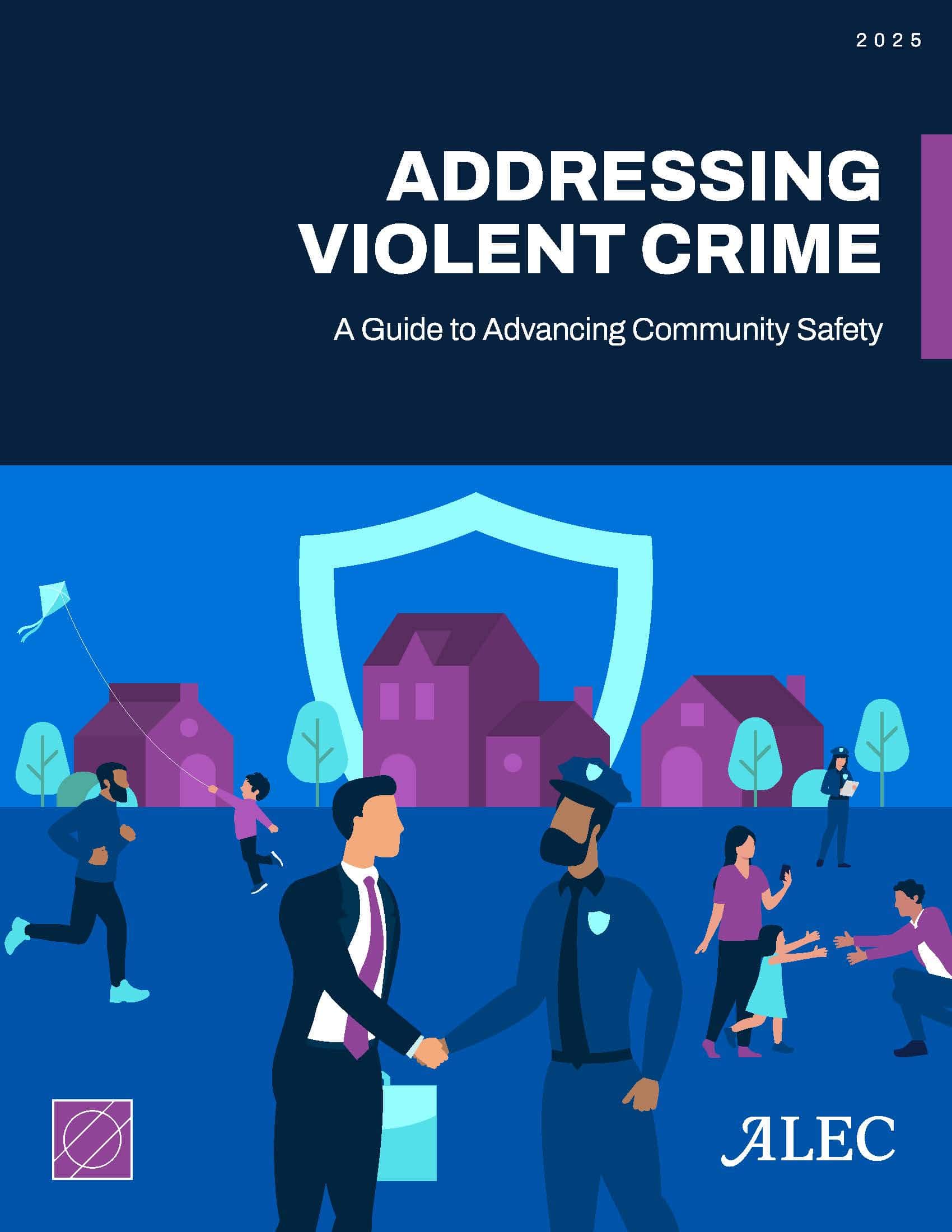














;Resize=805#)



















